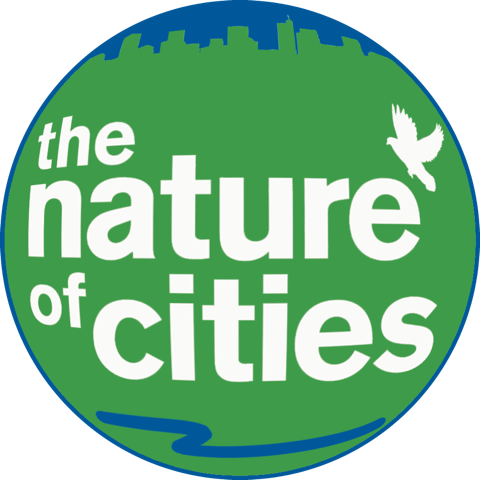Mary Miss
New York City
Mary Miss has reshaped the boundaries between sculpture, architecture, landscape design, and installation art by articulating a vision of the public sphere where it is possible for an artist to address the issues of our time. She has developed the ”City as Living Lab”, a framework for making issues of sustainability tangible through collaboration and the arts. Trained as a sculptor, her work creates situations emphasizing a site’s history, its ecology, or aspects of the environment that have gone unnoticed. Mary Miss has collaborated closely with architects, planners, engineers, ecologists, and public administrators on projects as diverse as creating a temporary memorial around the perimeter of Ground Zero, marking the predicted flood level of Boulder, Colorado, revealing the history of the Union Square Subway station in New York City or turning a sewage treatment plant into a public space. Recent projects include an installation focused on water resources in China for the Olympic Park in Beijing and a temporary installation at a seventeenth-century park in Delhi, India as part of the exhibition 49°: Public Art and Ecology. A proposal for a permanent project at the North Carolina Museum of Art explores the presence and movement of water through the site by recovering and revitalizing elements of the watershed to reveal the wetland processes in the region. A recipient of multiple awards, Mary Miss has been the subject of exhibitions at the Harvard University Art Museum, Brown University Gallery, The Institute of Contemporary Art in London, the Architectural Association in London, Harvard University’s Graduate School of Design, and the Des Moines Art Center. Among others, her work has been included in the exhibitions: Decoys, Complexes and Triggers at the Sculpture Center in New York, Weather Report: Art and Climate Change curated by Lucy Lippard, co-presented by the Boulder Museum of Contemporary Art and EcoArts Connections, More Than Minimal: Feminism and Abstraction in the 70’s, Brandeis Museum’s Rose Art Museum, and Century City: Art and Culture in the Modern Metropolis at the Tate Modern.
More by this author at The Nature of Cities
-
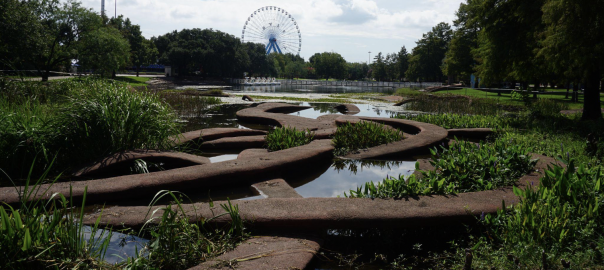
Artists and scientists that co-create regenerative projects in cities?
Yes, please. But how? -
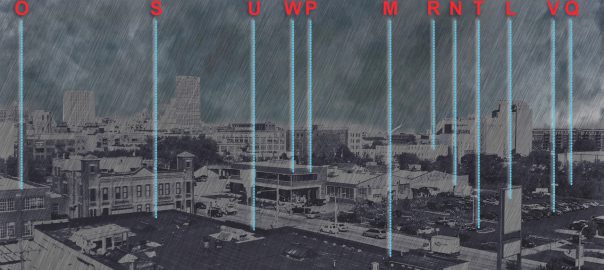
Water Marks: An Atlas of Water for the City of Milwaukee
-
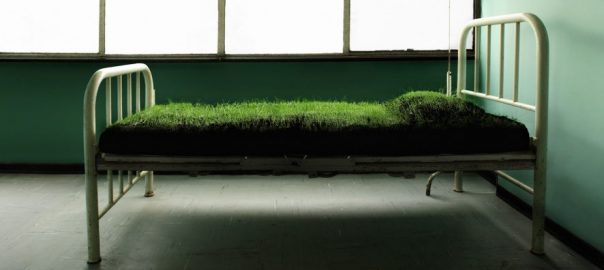
Visions of resilience: Eighteen artists say or show something in response to the word “resilience”
-
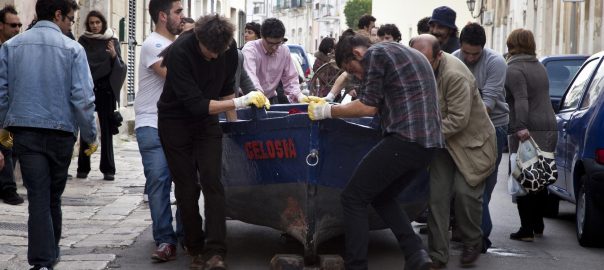
How can art (in all its forms), exhibits, installations and provocations be a better catalyst to raise awareness, support and momentum for urban nature and green spaces?
